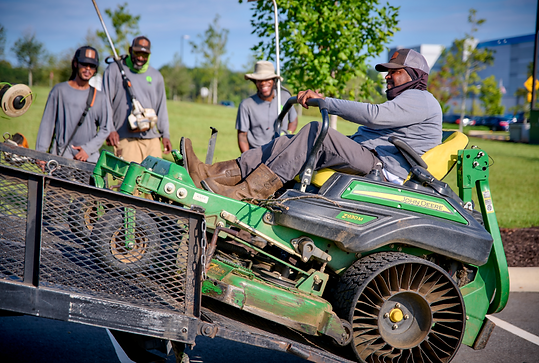Who We Are
At C&A Landscape,
we have been enhancing outdoor environments in the Greater Tallahassee area since 2008. Our FNGLA-certified horticultural professionals specialize in commercial landscaping, serving hotels, offices, industrial complexes, educational institutions, multi-family housing, and HOAs. We also offer select residential services to elevate your home's curb appeal. Trust our dedicated team for seamless, visually appealing lawn services that enhance your property's image and value!

Our Services
It's more than just grass; it's your business's first impression!
At C&A Landscape, we are your go-to experts for all your commercial landscaping needs. Whether it’s lawn maintenance or landscape design & installation, we improve the quality of your grass to ensure your lawn remains freshly cut and inviting. Let us enhance your business with professional and comprehensive landscape services!

Why Choose Us?
We elevate businesses with our innovative offerings, collaboration, dedicated team, and more!
Business Beautification
We have the tools to beautify businesses of all sizes and types!
Innovative Offerings
We are the only ones in town who offer low-frequency irrigation.
Client Relationships Focus
We work closely with property managers to ensure lawn needs are promptly met.
Top-Quality Work
We make sure to pay extra close attention to every detail of our projects.
Expert Team
Our team includes dedicated FNGLA Certified Horticultural Professionals.
Staff Pride
We take pride in our people, who enable us to provide exceptional service and care for each customer.
Our Commitment to Detail: Elevating Your Property
with Precision
Attention to detail is paramount in professional lawn maintenance. Whether enhancing your home or business, we ensure every project is meticulously executed to perfection. At C&A Landscape, we understand the importance of a flawless finish. We meticulously tend to every aspect of our work to exceed your expectations and ensure your complete satisfaction.









